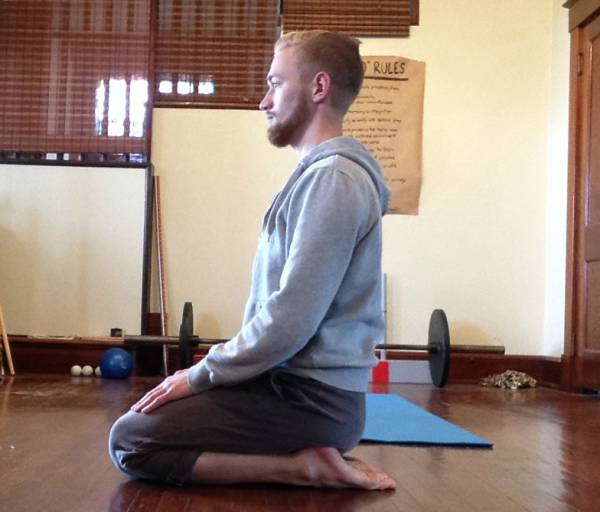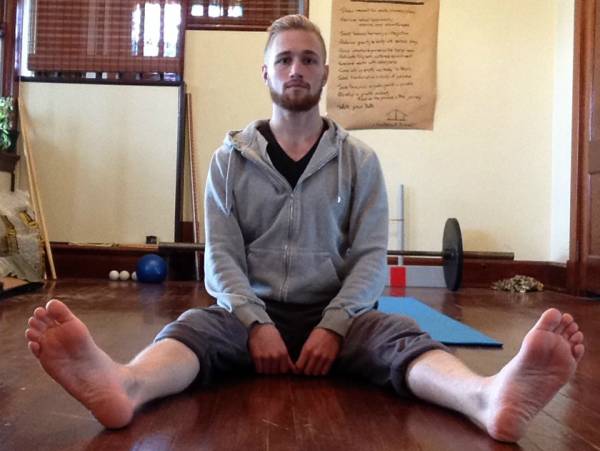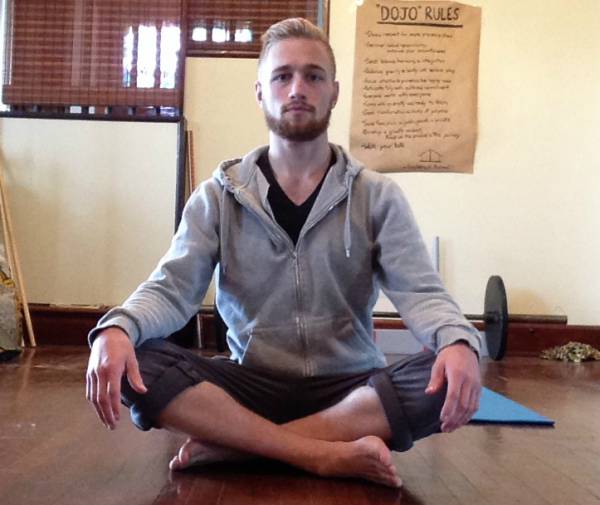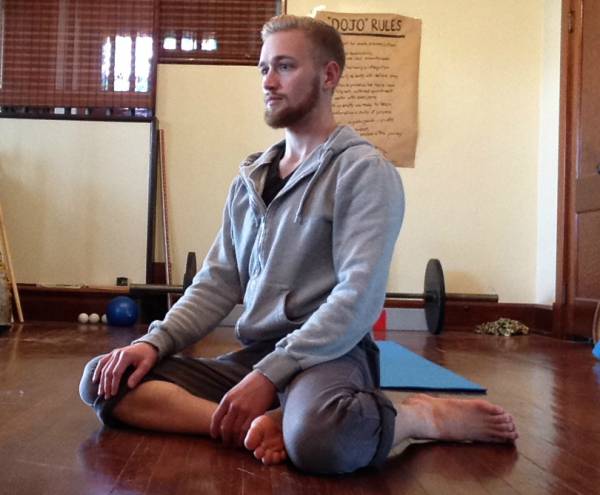We can talk technique, sequencing, and programming, but the truth is, if you want to move better, you need to rest better. Exercise and rest are two sides of the same coin, but few trainers really address rest and leisure.
Just like any instrument, your body needs to be tuned from time to time. Luckily it has its own built-in tuner. Or it did, until we decided to spend our entire waking life in a chair.
We can talk technique, sequencing, and programming, but the truth is, if you want to move better, you need to rest better. Exercise and rest are two sides of the same coin, but few trainers really address rest and leisure.
Just like any instrument, your body needs to be tuned from time to time. Luckily it has its own built-in tuner. Or it did, until we decided to spend our entire waking life in a chair.
The Body Is a Self-Tuning Instrument
When our knowledge of structural anatomy comes from taking apart cadavers, we forget that the body is actually a complex, interconnected system. Like any complex system, it has developed self-correcting mechanisms over time. When a system isn’t allowed to self-correct, problems arise. Individual elements become overused, and we see things like low back pain pop up like weeds.1
“These are natural positions for the human animal. If your body doesn’t work the way a body should, movement will suffer.”
Complex systems crave variety. They’re true examples of antifragility, meaning they actually thrive from a bit of manageable disorder. Changing up your habits and patterns can have huge benefit for the health of a system. For the human system, something as simple as sitting on the floor can be just the change we need.
5 Resting Positions to Improve Your Movement
Our whole evolutionary and developmental history can be seen as an epic quest to rise from the ground to vertical. This is a vast simplification of course, but as we’ve seen before, spending time on the ground has marked benefits. What we haven’t explored is how mind-bogglingly simple it is to incorporate ground time in your day-to-day life.
Floor sitting requires no additional time in your day. I often tell my students it feels like a cheat code because all you need is a change of position for the things you’d do anyway (reading, eating, watching Netflix, etc). Floor sitting integrates seamlessly into your time outside the gym for great benefit to joint health. Even miniscule changes in body position create a change in joint loading.2
So let’s explore a little variety in our patterns, shall we? The following five resting positions are often called “archetypal postures” because they’re seen in cultures across the globe. They’re an inherent component of natural human rest.
1. Squatting
The full squat is hotly contested, but it’s a fundamental building block of human movement. The full squat puts the legs in the unique position of triple flexion, flexing the ankles, knees, and hips. This brings length to some of the most overworked muscles in the body. Ideally the squat is done with feet facing forward, heels close to the ground, and knees tracking toes without collapsing into the arches of the feet.
This position may elude you for some time if you’re out of practice, so it’s important to approach it wisely. Pain is never a good sign. Ease into the position, using as much padding or propping with pillows as needed. You may need to hang on to an object for additional support. The key here is to give your body permission to release into the position. Savour the small improvements, and you’ll find your squat getting better and better over time.
2. Kneeling
Kneeling gives the body a huge number of options to explore. You can kneel low or tall, with toes tucked under or pointed behind you. These positions are found fairly often outside of Western cultures, but again, if your body is unaccustomed to this range of motion or posture, you’ll have a relearning curve.
Some individuals will need padding under the butt to rest comfortably (particularly if the quadriceps have excess tension). If your knees are sensitive, make sure to pad beneath them as well. From kneeling, you can easily find the fold up position (or child’s pose) to bring more length to the back in global, whole-spine flexion.

3. Long Sitting
Sitting with the legs extended in front of you can be quite revealing. Ideally you should be sitting on our ischial tuberosities, those bony bumps beneath the pelvis. Many folks will find they collapse here and rest on the tail bone. If this is the case, simply prop the pelvis a bit higher and let gravity do its thing. Explore this position with both legs out, or one leg tucked in.

4. Cross-Legged
The prior positions are more linear and don’t take the hips into much rotation. It’s not uncommon for chair-bound individuals to have knees significantly elevated in this position. If that’s you, you know the drill: give the knees some support to release into. From cross-legged you may explore the tailor’s posture, with the soles of both feet together and knees out to the sides.

5. Side Sitting
The last position we’ll cover here is side sitting. In this position, one hip is in internal rotation, while the other is in external rotation. This position may strain the knees if they are forced to compensate for overly tight hips. Pay close attention to differences as you switch from one side to the other.

Wrapping It Up
This is by no means an exhaustive list of resting positions, but it gives you a lot of room to explore. These are natural positions for the human animal. If your body doesn’t work the way a body should, movement will suffer. One surprisingly simple way to improve your movement is to rest better. Use these resting positions to tap into the body’s natural ability to tune itself.
You’ll Also Enjoy:
- Become a Badass Athlete: How to Incorporate Natural Movement
- Squat Therapy: 4 Drills for a Better Squat
- 3 Basic Drills to Improve Your Strength and Movement
- What’s New on Pulse Beat Fit UK Today
References:
1. Hoy, D., et al. “The epidemiology of low back pain,” Best Practice & Research Clinical Rheumatology 24 (2010): 769-781.
2. Baumgartner, D., et al. “The spinal curvature of three different sitting positions analyzed in an open MRI scanner,”The Scientific World (2012): Article ID 184016.
Photos courtesy of Chandler Stevens.






